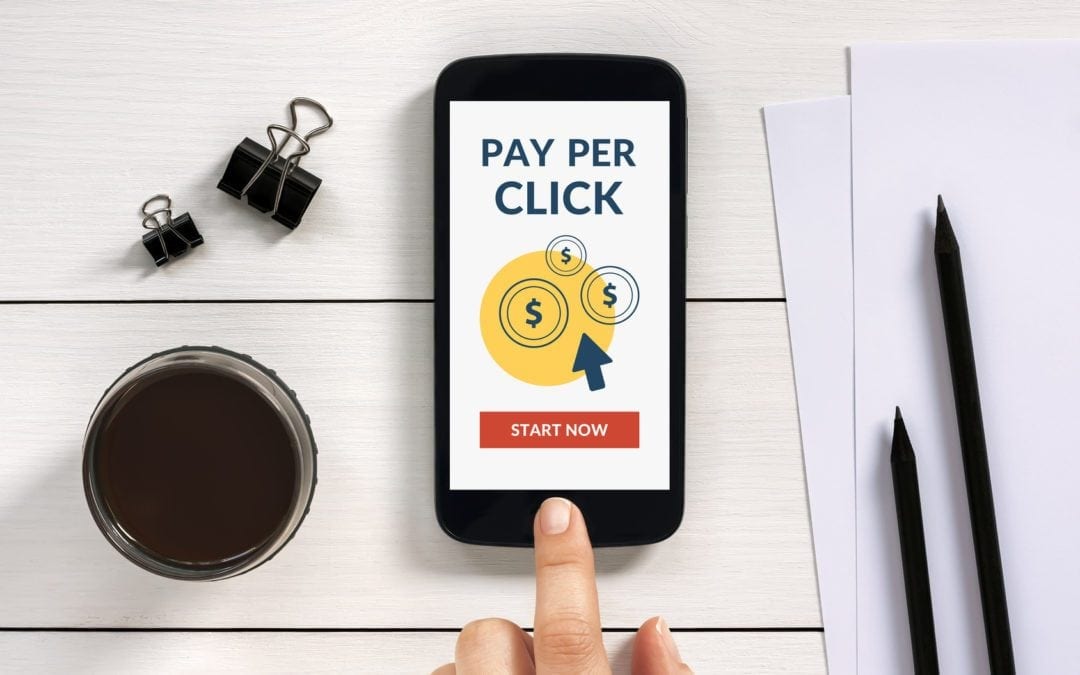Introduction
As the digital marketing landscape evolves, understanding the nuances between different advertising strategies is crucial for maximizing your return on investment. In 2024, two popular models—pay-per-call (PPC) and traditional pay-per-click (PPC)—continue to dominate the marketing arena. While both aim to drive traffic and generate leads, they employ different mechanisms and cater to unique business needs.
This article will explore the key differences between pay-per-call and traditional pay-per-click marketing, offering insights and strategies to help you choose the right approach for your business. As a veteran affiliate with years of experience, I’ll also guide you through steps for optimizing your campaigns and how to sign up for the RevJOLT Network to enhance your marketing efforts.
Understanding Pay-Per-Call and Pay-Per-Click
Before diving into the differences, let’s clarify what each model entails:
Pay-Per-Call (PPC)

In a pay-per-call model, advertisers pay for incoming phone calls generated by their advertising efforts. This strategy is particularly effective for service-based businesses, such as plumbing, HVAC, and home improvement, where immediate customer interaction is essential.
Example: A homeowner needs emergency plumbing services. They see an ad with a phone number and call directly to request assistance. The business pays a fee for that call, which often leads to immediate revenue.
Traditional Pay-Per-Click (PPC)

In contrast, traditional pay-per-click marketing involves paying for clicks on digital ads that lead users to a website or landing page. This model is widely used across various industries, from e-commerce to lead generation.
Example: A user searches for “best home security systems” and clicks on a sponsored link that directs them to a website. The business pays for that click, regardless of whether the user makes a purchase.
Key Differences Between Pay-Per-Call and Pay-Per-Click
1. Customer Interaction
- Pay-Per-Call: Focuses on direct interaction between the customer and the business. Since the customer calls the business, there’s an opportunity for immediate dialogue and relationship building.
- Pay-Per-Click: Interaction is typically digital, leading users to a website where they may explore further before making a decision. This can result in a longer conversion process.
2. Conversion Rates
- Pay-Per-Call: Generally has higher conversion rates because the user has taken the step to call, indicating a strong intent to purchase or engage.
- Pay-Per-Click: Conversion rates can be lower as users may click on ads out of curiosity without the intent to make a purchase immediately.
3. Cost Structure
- Pay-Per-Call: Costs are based on the number of calls received, often at a higher rate than clicks. This model can be more cost-effective for businesses that close sales over the phone.
- Pay-Per-Click: Costs are incurred for each click, regardless of the visitor’s actions afterward. This can lead to wasted spending if the traffic does not convert.
4. Target Audience
- Pay-Per-Call: Best for businesses that cater to local markets or offer services requiring immediate attention. It’s effective for reaching customers who are ready to buy now.
- Pay-Per-Click: Suitable for businesses looking to drive traffic to their website or increase brand awareness. It can target a broader audience but may not yield immediate conversions.
5. Measurement and Analytics
- Pay-Per-Call: Measuring success involves tracking call volume, duration, and conversion rates from calls. Advanced analytics can show which ads generate high-quality leads.
- Pay-Per-Click: Metrics include click-through rates, cost per click, and overall website traffic. It’s easier to track and optimize campaigns based on user behavior on the website.
Choosing the Right Model for Your Business
When deciding between pay-per-call and traditional pay-per-click marketing, consider the following factors:
1. Business Type
If your business is service-oriented and requires direct customer interaction, pay-per-call may be the better option. Conversely, if you’re an e-commerce site or a brand focused on generating leads through content, pay-per-click might suit your needs.
2. Customer Journey
Understanding your customer’s journey can inform your choice. If immediate assistance is crucial (e.g., emergency services), pay-per-call is likely more effective. For longer consideration cycles (e.g., software purchases), pay-per-click might work better.
3. Budget Considerations
Evaluate your budget and ROI expectations. Pay-per-call can be more expensive upfront but may yield higher returns through conversions. Pay-per-click can be more manageable with a flexible budget but may require higher traffic volumes to see results.
Best Practices for Implementing Pay-Per-Call and Pay-Per-Click Campaigns
Pay-Per-Call Best Practices
- Use Call Tracking Software: Implement call tracking to measure the effectiveness of your campaigns. This will help identify which ads generate the most valuable calls.
- Optimize Your Ad Copy: Use clear and compelling language in your ads to encourage users to call. Highlight promotions, special offers, or urgent needs.
- Target Locally: Focus your campaigns on local markets to ensure you reach customers in your service area.
Pay-Per-Click Best Practices
- Refine Your Keywords: Conduct thorough keyword research to identify terms your target audience is searching for. Use long-tail keywords for better targeting.
- Create Compelling Landing Pages: Ensure your landing pages are optimized for conversions. Include clear CTAs, easy navigation, and relevant content.
- A/B Testing: Regularly test different ad copies, images, and targeting options to identify what resonates best with your audience.
How to Sign Up for the RevJOLT Network
If you’re looking to enhance your marketing efforts, consider joining the RevJOLT Network. As a reputable affiliate network, RevJOLT provides access to a variety of high-converting campaigns, tools, and resources. Here’s how to get started:
Step 1: Visit the RevJOLT Network Website
Go to the RevJOLT Network homepage. Familiarize yourself with their offerings and the benefits of joining.
Step 2: Fill Out the Application Form
Locate the sign-up or application section. Fill out the required information, including your name, email, and relevant marketing experience.
Step 3: Review Terms and Conditions
Carefully read the terms and conditions. Ensure you understand the network’s policies regarding commissions, payment structures, and campaign guidelines.
Step 4: Submit Your Application
After completing the form and reviewing the terms, submit your application. RevJOLT will typically review applications promptly.
Step 5: Start Promoting Campaigns
Once approved, explore the available campaigns on the RevJOLT platform. Choose campaigns that align with your marketing strategy and begin promoting them.
Conclusion
Understanding the differences between pay-per-call and traditional pay-per-click marketing is essential for optimizing your advertising efforts in 2024. Each model has its strengths and can serve different business needs effectively. By implementing the best practices outlined above and utilizing the RevJOLT Network, you can enhance your marketing campaigns and drive meaningful results.
Frequently Asked Questions
- What industries benefit most from pay-per-call marketing?
- How can I track the effectiveness of my pay-per-click campaigns?
- Is it possible to use both pay-per-call and pay-per-click strategies simultaneously?
Ready to elevate your marketing game? Sign up for the RevJOLT Network today and start generating leads that convert!

